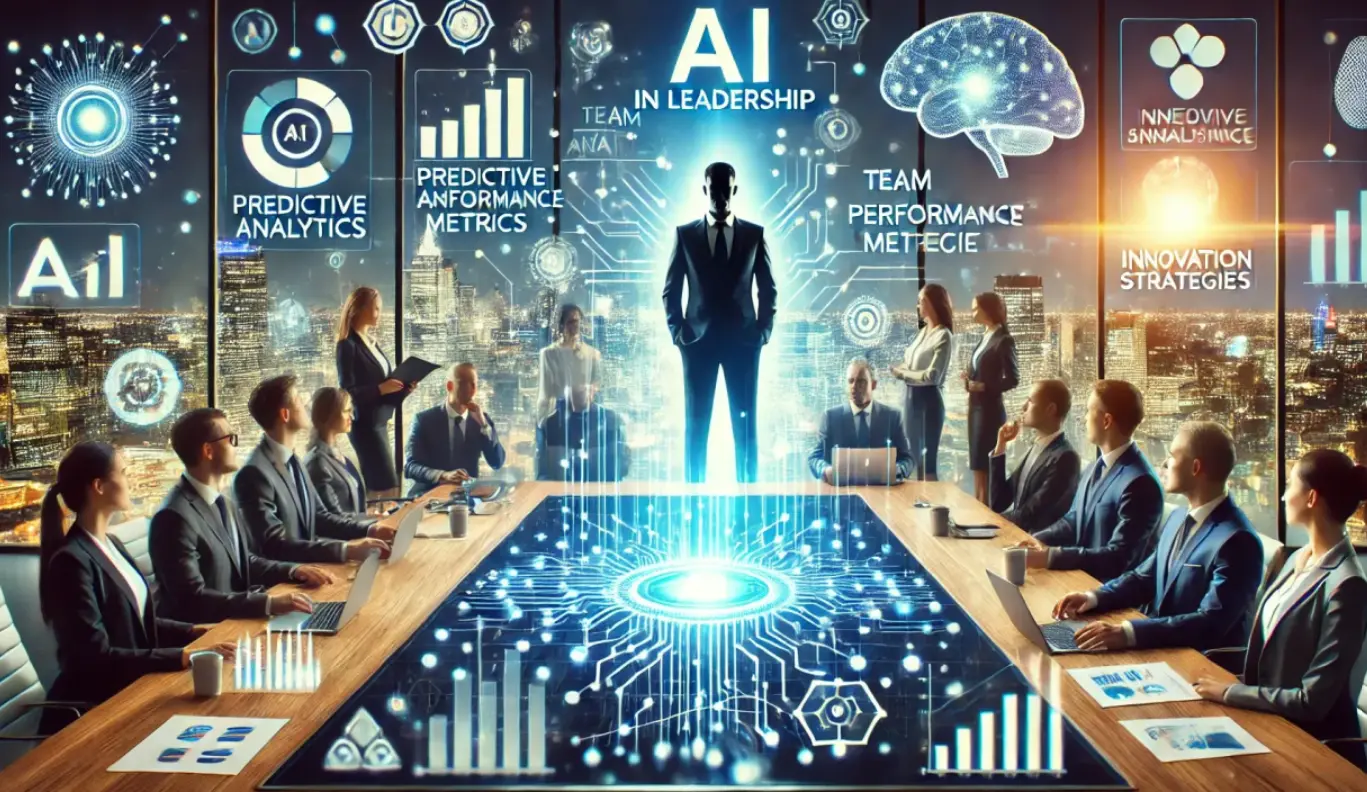
For generations, the definition of a great leader was built on a foundation of distinctly human qualities: charisma, strategic vision, deep industry experience, and an intuitive “gut feeling” for making the right call. Leaders were the ones who had the answers, who set the direction, and who commanded the ship through calm and stormy seas.
That ship is now navigating entirely new waters, and the old maps are obsolete.
The digital revolution, supercharged by the rise of Artificial Intelligence, has fundamentally redefined the landscape of business. In this new world, leadership is no longer just about managing people; it’s about orchestrating a complex symphony of human talent and machine intelligence. And in this environment, AI skill is no longer a niche technical competency; it is a core, non-negotiable leadership attribute.
The End of “Business as Usual”
The core reason AI skills have become essential is that AI is not just another tool; it is a new factor of production, on par with labor and capital. It is actively reshaping every facet of business, from operational efficiency and customer experience to product innovation and strategic decision-making.
A leader who lacks a fundamental understanding of AI is, in today’s world, operating with a critical blind spot. They are like a sea captain who cannot read a GPS. This is why a foundational course in AI for business leaders is rapidly becoming a standard for executive development. It provides the necessary literacy to navigate this new terrain.
The New Leadership Mandate: 3 Core Shifts
The transition from a traditional leader to an AI-powered leader involves three fundamental shifts in mindset and skill set.
1. From “Gut-Feel” to “Data-Informed” Judgment
The most significant change is in the decision-making process. Traditional leaders often prided themselves on their intuition, which they had considered over years of experience. While experience remains valuable, relying on it alone in the age of AI is a recipe for failure. AI models can analyze millions of data points in seconds, uncovering patterns and predicting outcomes with a level of accuracy that no human can match.
The modern leader’s role is not to compete with the AI, but to collaborate with it. They must learn to:
- Question the Data: Understand the AI’s recommendations, ask about potential biases, and know its limitations.
- Augment, not Abdicate: Utilize the AI’s analytical power as a valuable input, but combine it with their own contextual knowledge, ethical judgment, and strategic vision to make the final decision.
This skill of augmented decision-making is a central theme in any credible program focused on AI for business leaders.
Also Read: Stockity Trading: A Simple Strategy for New Investors
2. From “Controller” to “Enabler”
The hierarchical, command-and-control model is too slow and rigid for the AI age. AI-driven organizations thrive on agility, experimentation, and decentralized decision-making.
A modern leader’s job is not to micromanage every detail, but to enable their teams to succeed. This means:
- Fostering AI Literacy: Ensuring their teams have the skills and tools to leverage AI in their own roles.
- Creating Psychological Safety: Building a culture where employees feel safe to experiment with new AI tools, to fail, and to learn quickly.
- Setting the Vision: Clearly articulating the “why” behind the company’s AI strategy, so that everyone is aligned and moving in the same direction.
This shift from controller to enabler is profound, and it requires a deep understanding of how technology and culture intersect, a topic often covered in depth in a premier IIM AI course.
3. From “Delegator” to “Digital Strategist”
In the past, a CEO could delegate all technology concerns to the Chief Information Officer (CIO). Today, that is no longer possible. AI is not just an IT issue; it is a core business strategy issue.
A leader must be able to:
- Identify Opportunities: See where AI can create a competitive advantage, whether by optimizing the supply chain, personalizing marketing, or creating entirely new products and services.
- Allocate Resources Intelligently: Make informed decisions about where to invest in AI talent and technology.
- Govern Ethically: Understand the ethical implications of AI and establish strong governance to ensure it is used responsibly.
A leader who cannot engage in these conversations is not truly leading their organization into the future. This is why a top-tier IIM AI course focuses as much on strategy and ethics as it does on the technology itself.
Conclusion: The Inevitable Upgrade
The redefinition of leadership is not a distant future trend; it is happening right now. AI is a force that is changing the very nature of how we work, compete, and innovate. Leaders who treat it as a technical subject to be delegated will quickly find themselves unable to steer their organizations effectively.
The future belongs to those who embrace this new reality, who see AI not as a threat but as a powerful co-pilot. By investing in their own AI literacy, they are not just learning a new skill; they are securing their relevance and their ability to lead with vision and confidence in an increasingly intelligent world.







